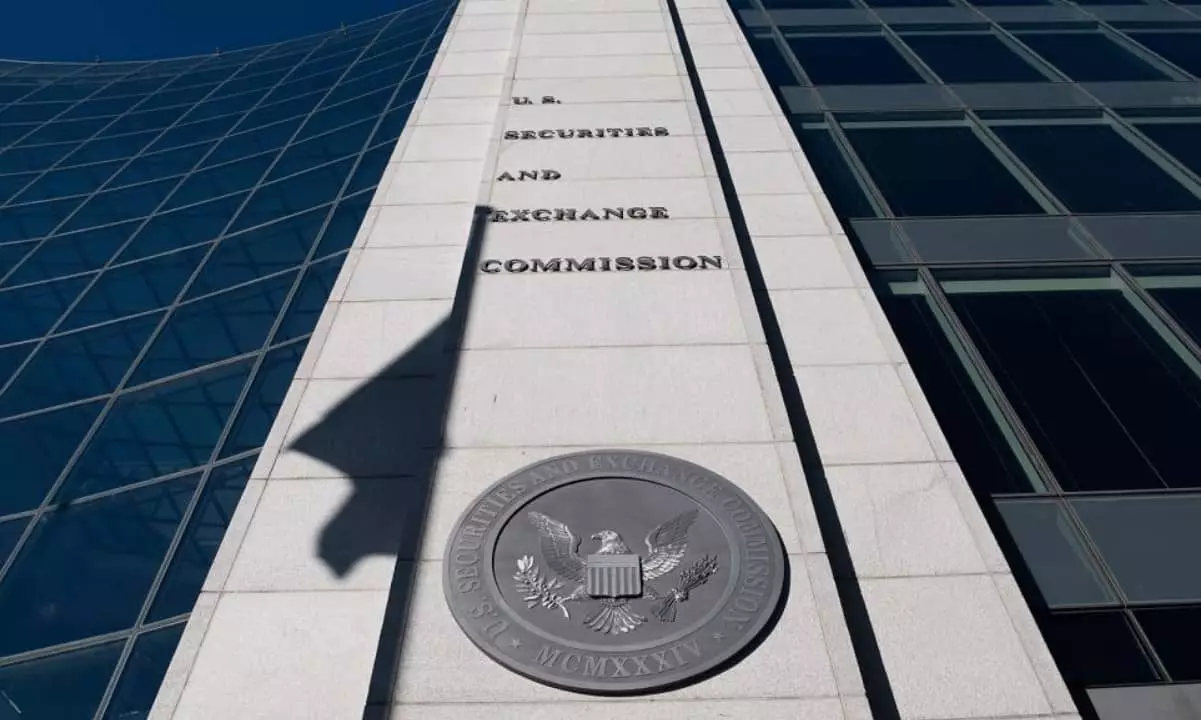The Securities and Exchange Commission (SEC) took a monumental step on May 29 by clarifying its stance on cryptocurrency staking, particularly within proof-of-stake networks. The decision effectively categorizes staking activities as non-securities, liberating participants from the burdens of federal registration. This isn’t merely a legal technicality—it’s a transformative moment for the crypto industry that signals a growing recognition of decentralized finance’s legitimacy. By stating that protocol staking activities don’t rely on the efforts of others and are, instead, akin to service provision, the SEC has paved new avenues for innovation and economic activity.
The Implications of the Howey Test
At the core of the SEC’s announcement lies the Howey test, a standard designed to determine whether an asset qualifies as a security. The SEC’s ruling clarifies that staking does not fulfill the criteria of an “investment contract.” This is significant not only for typical investors but also for entrepreneurs and developers in the blockchain sector. By negating the notion that staking depends on a common enterprise or the managerial efforts of others, the SEC has removed a cloud of uncertainty that has long shrouded the industry. Instead of viewing staking as a speculative investment, it has redefined it as a technical service—an assertion that enhances the credibility of crypto assets within the broader financial ecosystem.
The Reactions from the Industry
Industry leaders have responded positively, sensing the windfall of opportunities stemming from this ruling. CoinFund President Christopher Perkins and ETF Store President Nate Geraci have both hailed the decision as a leap toward regulatory clarity. Their enthusiastic endorsements underscore a collective sigh of relief across a sector desperately craving structure and legitimacy. This newfound regulatory clarity positions staking not just as a viable activity, but a central pillar for the growth of cryptocurrency markets—particularly the prospects for spot Ether ETFs.
Legislative Advances: The CLARITY Act of 2025
In conjunction with the SEC’s ruling, there’s momentum building within the legislative sphere to create a robust regulatory framework for cryptocurrencies, exemplified by the “Digital Asset Market Clarity Act of 2025.” Introduced by bipartisan lawmakers, this Act aims to delineate the roles of the SEC and the Commodity Futures Trading Commission (CFTC) in regulating crypto assets. Supporters argue that this clarity will not only protect consumers but also position the United States as a leader in the burgeoning world of digital finance. With the Act promising to deflect the regulatory uncertainties that have hindered the sector, it could very well foster an environment ripe for innovation.
A New Hope for Innovation in Crypto
At its core, the SEC’s ruling and the proactive steps from lawmakers spotlight a significant cultural shift. The era of demonizing blockchain technologies may give way to robust support from regulatory bodies. If regulators can distinguish between genuine innovation and speculative activity, there lies a real opportunity for America to reclaim its position as a global titan in digital assets. As we witness increasing collaboration between regulatory bodies and industry stakeholders, an exciting chapter for cryptocurrencies is unfolding—one marked by clarity, opportunity, and resilience. The implications for staking, and indeed all of cryptocurrency, could be groundbreaking as we redefine the framework within which we operate.















